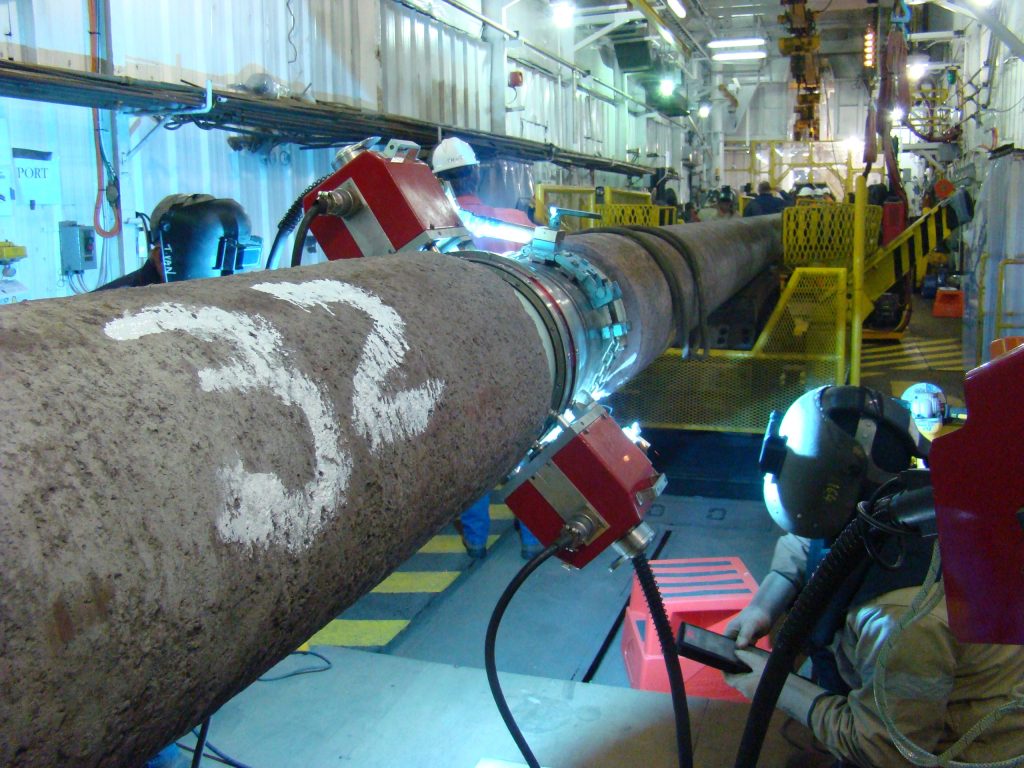If you’re interested in welding, you’re likely familiar with various welding techniques. In this blog, I’ll introduce you to three important welding techniques: orbital welding, field welding, and pipeline welding. Each of these techniques has its own applications and advantages.
What is orbital welding?
Orbital welding is a precision welding technique commonly used in industries involved in the fabrication of pipes and tubes. The key feature of orbital welding is the automated, rotating head that moves around the workpiece while the welding process takes place. This method ensures a consistent weld seam and minimizes the chance of errors.
Orbital welding is frequently used in the nuclear, aerospace, pharmaceutical, and semiconductor industries due to the high quality and purity of the welds it produces. It is especially useful when joining thin-walled pipes and tubing.
What is field welding?
Field welding, as the name suggests, refers to welding done on-site, often in an outdoor or field environment. This type of welding often requires more skill from the welder because the conditions are not as controlled as in a factory.
Field welding is commonly used in the construction and building industry, shipbuilding, and maintenance and repair work. It can be applied to various materials, including steel, aluminum, and stainless steel. It is essential for projects that require on-site welding.
Wat is pipeline Welding?
Pipeline welding is a specialized form of welding used in the construction of pipelines for the transportation of liquids or gases. This type of welding requires specific techniques and standards due to the high-pressure and safety requirements associated with pipelines.
Pipeline welding can be done both in the factory and on-site, depending on the project’s requirements. Ensuring the integrity of the weld seams is crucial to prevent leaks and other issues.
To sum it up, orbital welding shines in high-precision applications where meticulousness is the key, while field welding proves its mettle in on-location projects demanding adaptability and the craftsman’s touch. Pipeline welding, on the other hand, is a specialized craft reserved for the construction of conduits that transport fluids and gases. Each of these welding methods carves its niche in various industries, making a profound impact. Gaining an in-depth understanding of these techniques is vital for individuals immersed in the welding realm.

